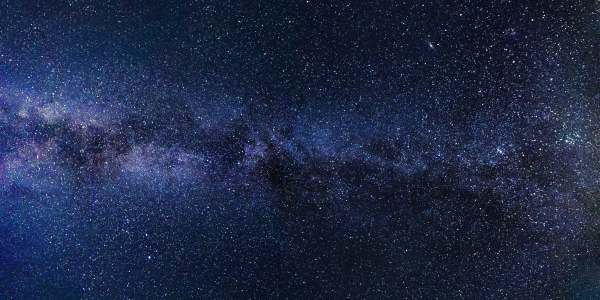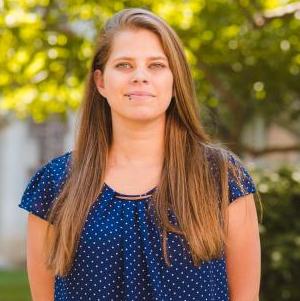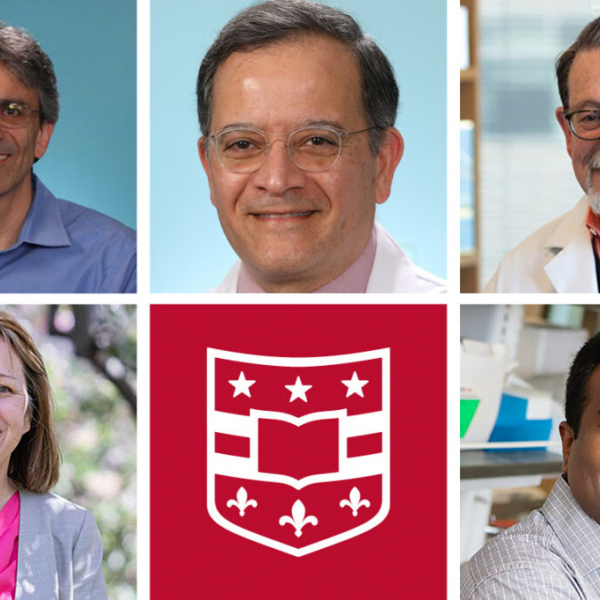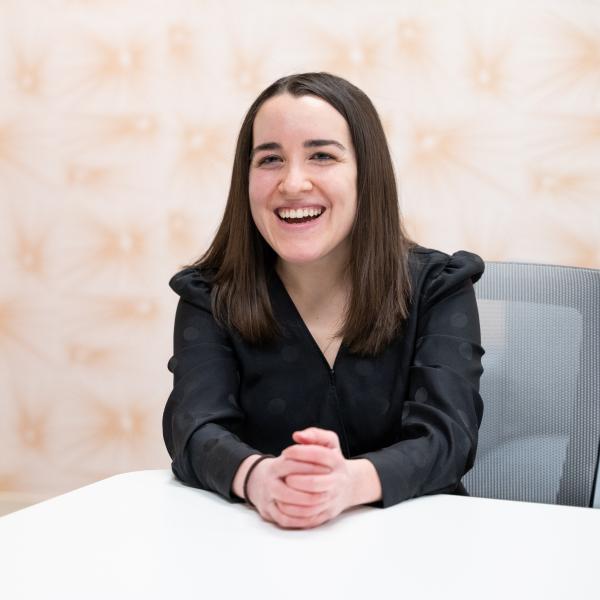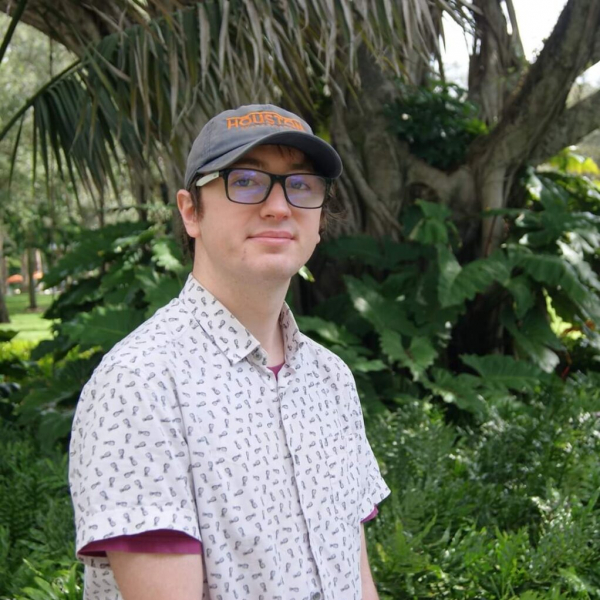Fourth year physics doctoral student Lindsey Lisalda is determined to succeed, no matter what. “I’m not your typical PhD student by any means – my story is very different, “ said Lisalda. Her story is about not giving up, setting and achieving goals, and breaking through barriers. Lisalda has taken a very non-traditional path to get to where she is today. While her high school friends were graduating high school and moving on to college, she was at home with two infants. She spent years at home with her children; the long days and sleepless nights provided her with a lot of time to dream about what she wanted to do with her future. This, and PBS. She was inspired by programming and documentaries that endeavored to explore and explain the world around us.
Lisalda is currently conducting research in the Krawczynski lab and is heavily involved with the XL-Calibur team, an international team of over 40 scientists and engineers from Washington University and other institutions including NASA who are working on a second-generation balloon-borne hard X-ray polarimetry mission. In 2022 the telescope will launch from Sweden and land in Canada and Lisalda plans to be there.
“This important work will help us understand black-hole systems, neutron stars and other compact objects that are too small and too distant to be imaged,” Lisalda explained. The XL-Caliber mission will be a major step forward in establishing a new window on the high-energy universe. This builds on the X-Calibur mission that took place in 2018-2019, incorporating a 12-meter focal length X-ray mirror to achieve improved sensitivity and reducing background with thinner detectors. Lisalda is one of the few females on the global team and is responsible for the truss and testing of the detectors. In March 2021, she was asked to serve on the executive committee, an honor given to seven members of the collaboration. “This position will give me the opportunity to not only see how decisions are made in large collaborations, but will also allow me to be on the ground floor of those decisions,” remarked Lisalda.
In her spare time, she is an active member of the Washington University Physics Diversity, Equity & Inclusion (DEI) committee, where she launched a “This is Physics” poster campaign, producing and displaying posters that feature prominent scientists such as: Ellen Ochoa, the first Hispanic woman astronaut; Wanda Diaz-Merced, an astrophysicist and computer scientist who became a pioneer of sonification after losing her eyesight as a young adult; and Edward Bouchet, one of the first Americans to receive a doctorate in physics and one of the first African Americans to graduate from Yale.
In addition to the initiatives she has implemented through the DEI committee, Lisalda continues to look for other ways to advocate for those who are underrepresented in the field of science. She has been active with the Prison Education Project and has taught pre-calculus at Missouri Eastern Correctional Center. She is also an actively engaged mentor and provides an informational and supportive pathway for students to access fellowships and gain overall exposure to the field.
“It’s rare to find a PhD student with two teenagers and it can be hard to stay motivated when you don’t see others like yourselves,” said Lisalda. “But I’m out to break the statistics and to prove my high school counselor wrong,” she commented. Her goal is to help others see that anything is possible and she is determined to support anyone who is interested in the field of physics.
Her professional ambition is to stay in academia and teach. “I went to school to do something that I love – not just to get a job,” said Lisalda. Her sights are set high, but she knows that there is nothing she cannot or will not accomplish.

